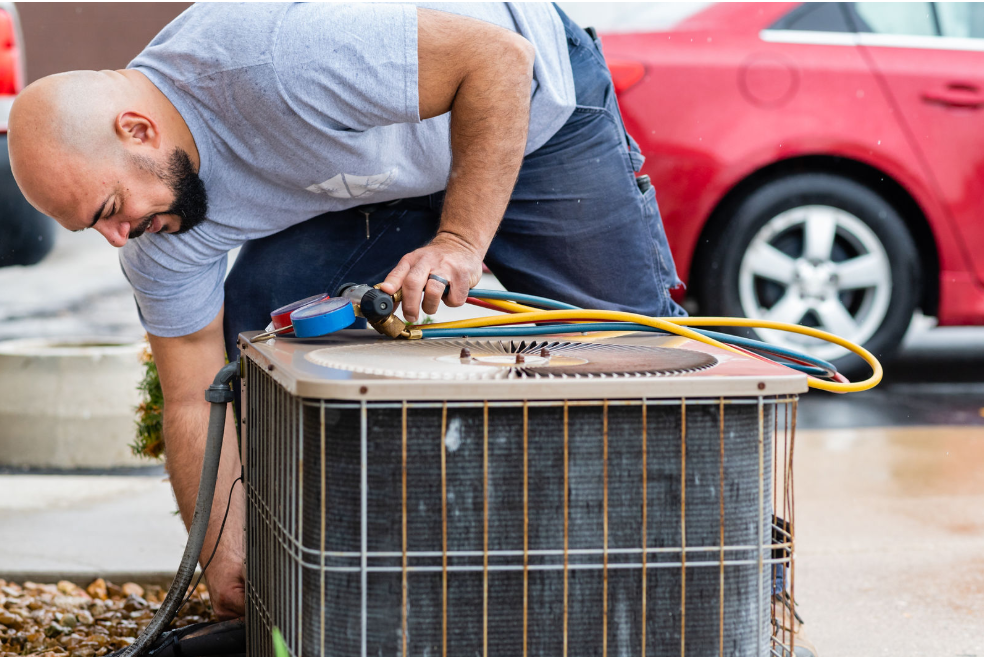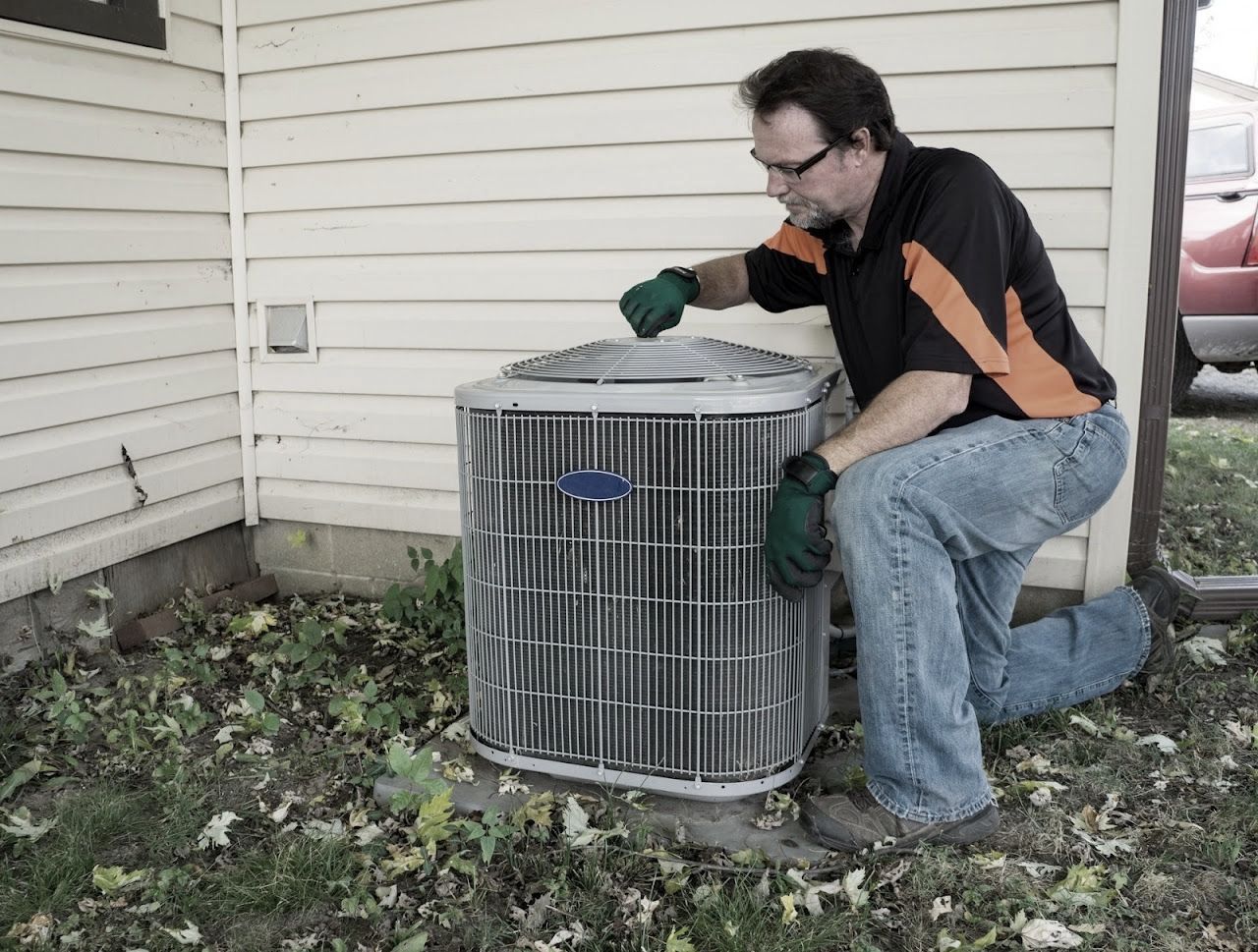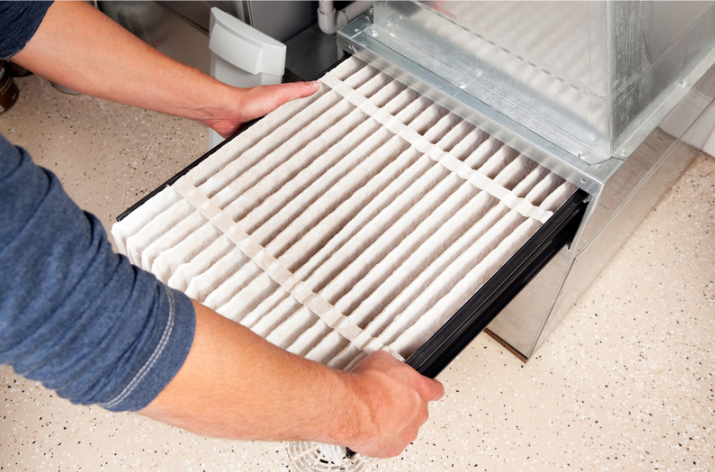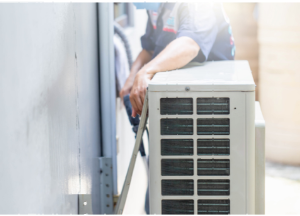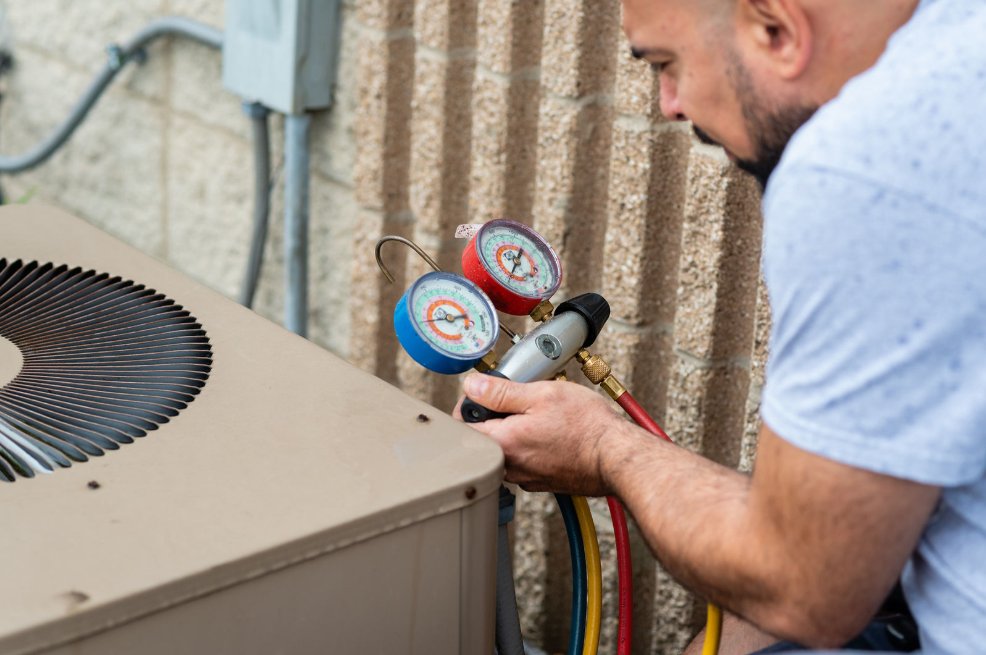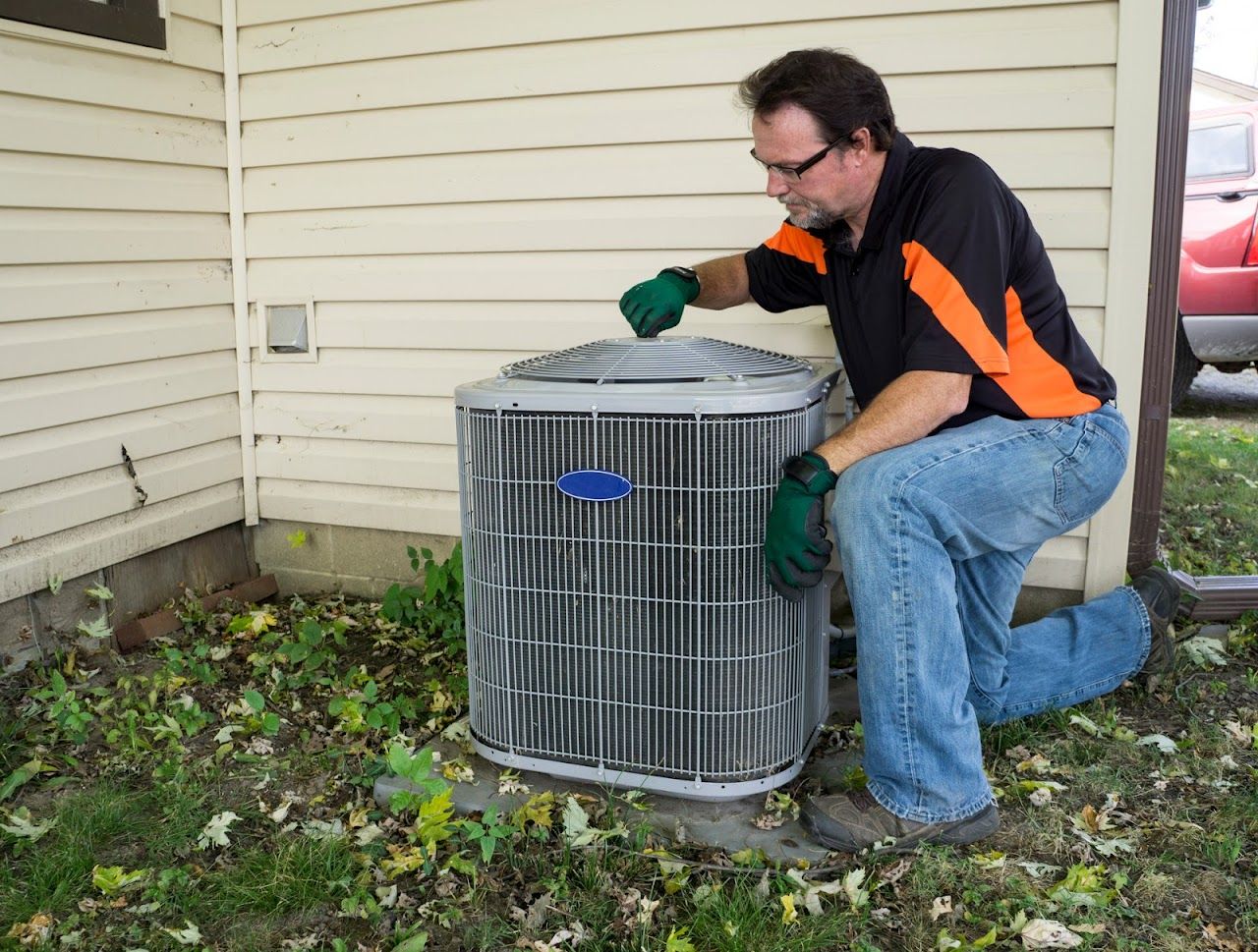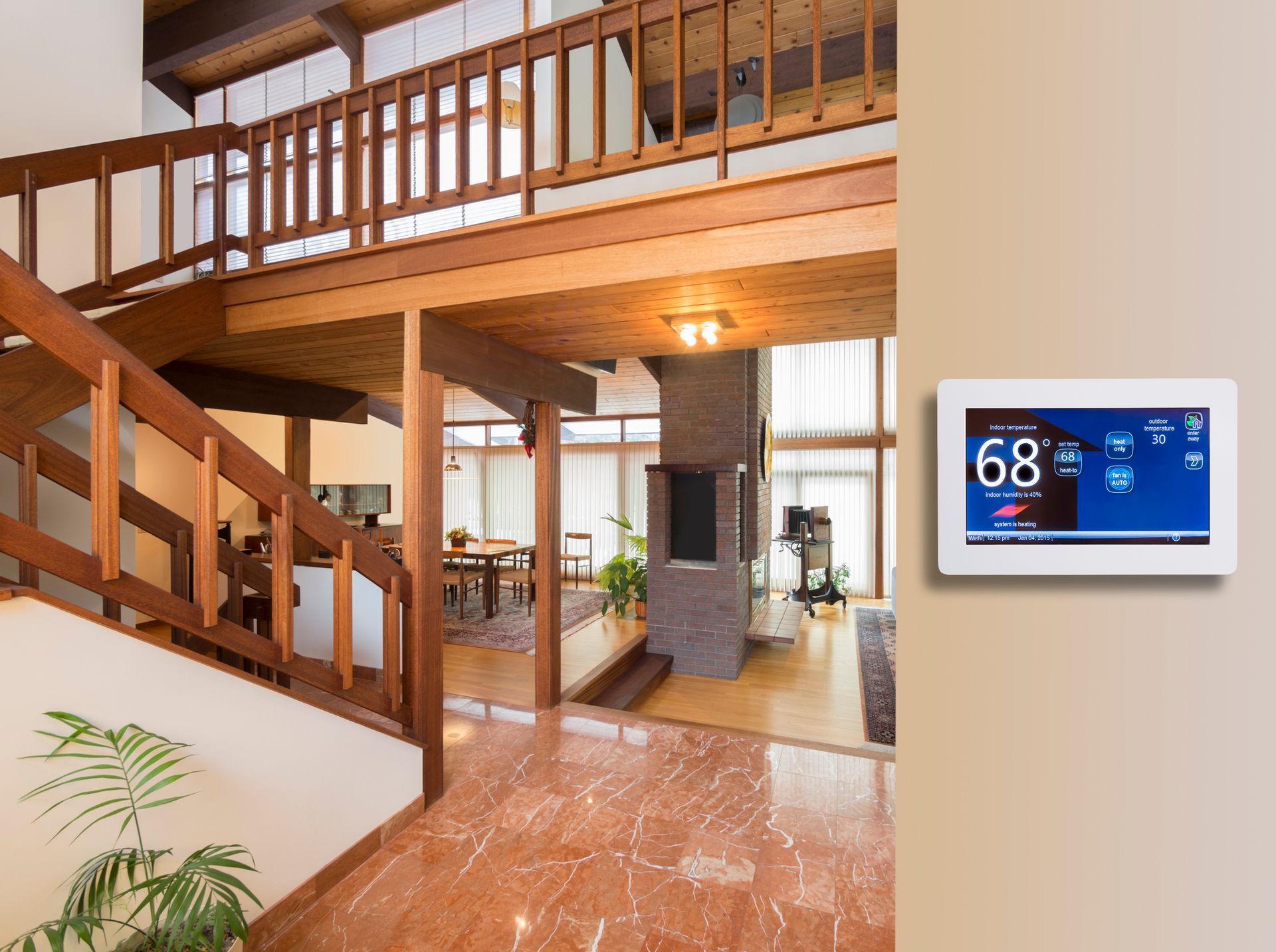7 Ways to Prepare Your HVAC System for Colder Seasons
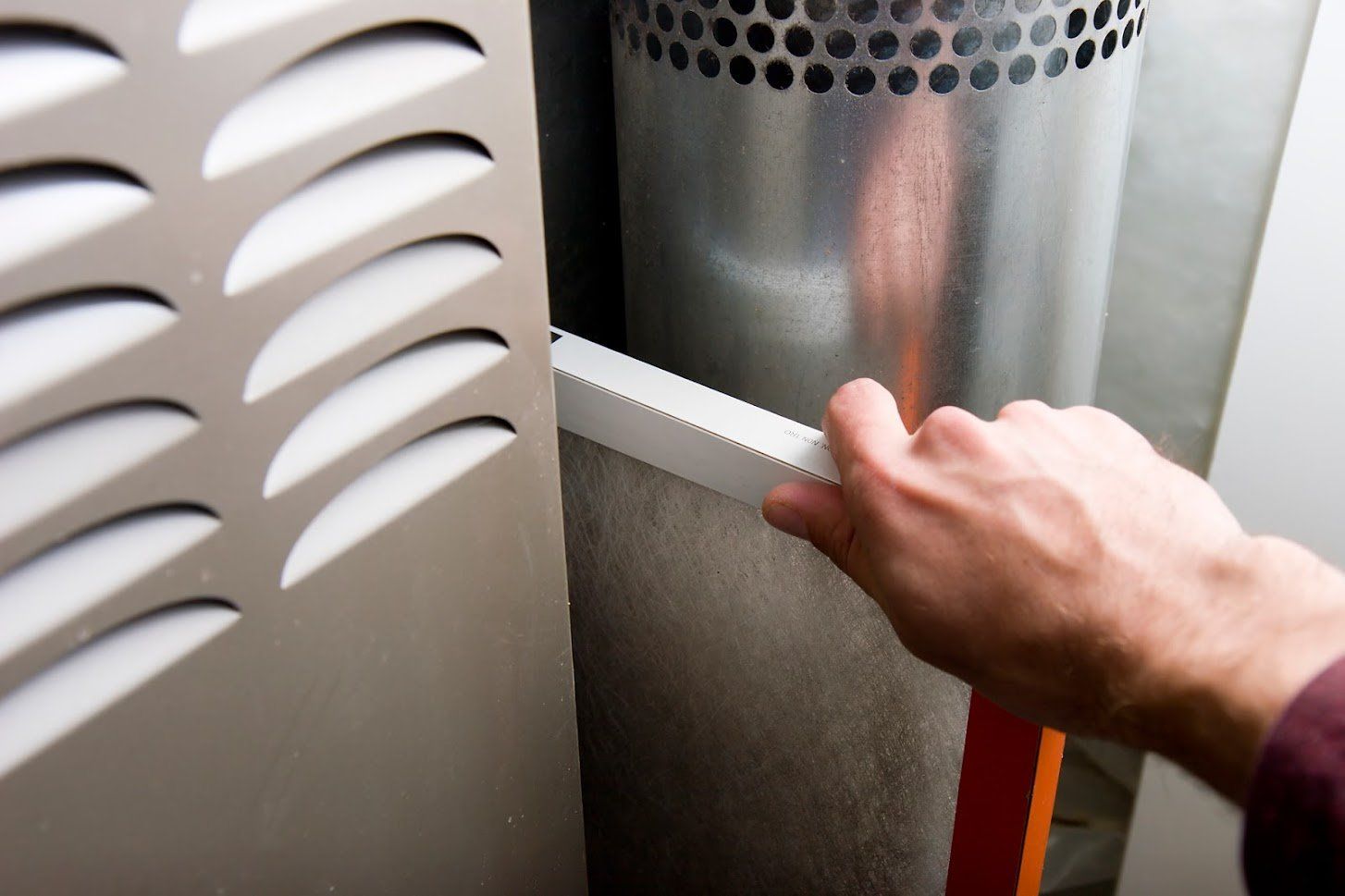
Your air conditioner has worked hard to keep your home cool throughout the summer. But, as the cold season sets in, you must prepare the system to warm your house. Use the following preparation tips to prevent costly repairs and frequent breakdowns.
1. Install a Programmable Thermostat
A programmable thermostat makes it easier to control the temperature in your home. Additionally, smart thermostats typically have many great features, including the remote setting of the HVAC.
If you already have a programmable thermostat, change the settings so the system can warm your house in the morning before you wake up. You also set the thermostat to shut off or turn down the HVAC system whenever you leave the house.
2. Schedule a Furnace Tune-Up
Regular maintenance is vital to maintaining the HVAC system's safe and efficient functioning. Without regular maintenance, the heating system could have low efficiency and increase your energy bills in autumn and winter.
Hire a trusted HVAC company to check the heating system and identify any problems. For example, a professional can check for any performance flaws and the presence of wear and tear.
Regular maintenance also helps detect issues early on. Early detection offers the opportunity to solve any issues with simpler and less expensive repairs. If you don’t detect the problems early, they can mutate into more costly damages that may even require furnace replacement.
3. Replace Your Air Filters
Regular inspection, cleaning, and replacement of HVAC systems are necessary, especially during the cold months. When you have a dirty furnace filter, the HVAC system can overwork to heat your home. In addition, dirty filters reduce the quality of air in your home.
4. Seal All Air Leaks
Air leaks introduce debris into the house, leading to energy wastage. Conduct a comprehensive inspection of your home to identify any air leaks. If you notice any air leak, ask a professional to seal the leak immediately.
Also, check the windows and doors, and install new caulk and weather stripping to prevent air leaks. Similarly, use aluminum tape to seal off any leaky ductwork.
5. Consider Zoned Comfort Solutions
If you have a multiple-story home, rising heat may lead to different temperatures throughout the house during the colder months. The result will be a cold ground-level environment with higher temperatures on the second floor. You can preempt this problem by designating comfort zones in the house. For instance, you can create a climate zone system and set different temperatures in different rooms.
If the cost of a zoned system is above your budget, shut vents on the upper floors. When you shut vents on the upper floors, the furnace has to redirect the heat downstairs.
6. Check Your Insulation
The right insulation helps prevent heat loss from the house and maintains consistent temperatures during winter and autumn. You can look at the weather strips on the doors and windows for signs of decay. Windows, in particular, tend to be the main culprit that allows heat to escape the home and enables cold winter air to enter the house.
You can also consult a heating and cooling expert to know the appropriate insulation measures for your home.
7. Winterize Outdoor Units
If you used your AC unit during the summer, ensure you modify the unit for proper storage during the colder months. Failure to winterize your outdoor unit can cause damage from debris, ice, and snow. For example, you can put a cover over the AC unit.
Get HVAC Services
As the temperatures keep falling, your home's comfort will rely more on the performance of the HVAC system. Proper HVAC performance requires regular checkups and repairs. Any Season Heating & Air Conditioning can help you check your HVAC system to correct any problems. We provide 24-hour services and same-day response. Contact us for a free estimate.
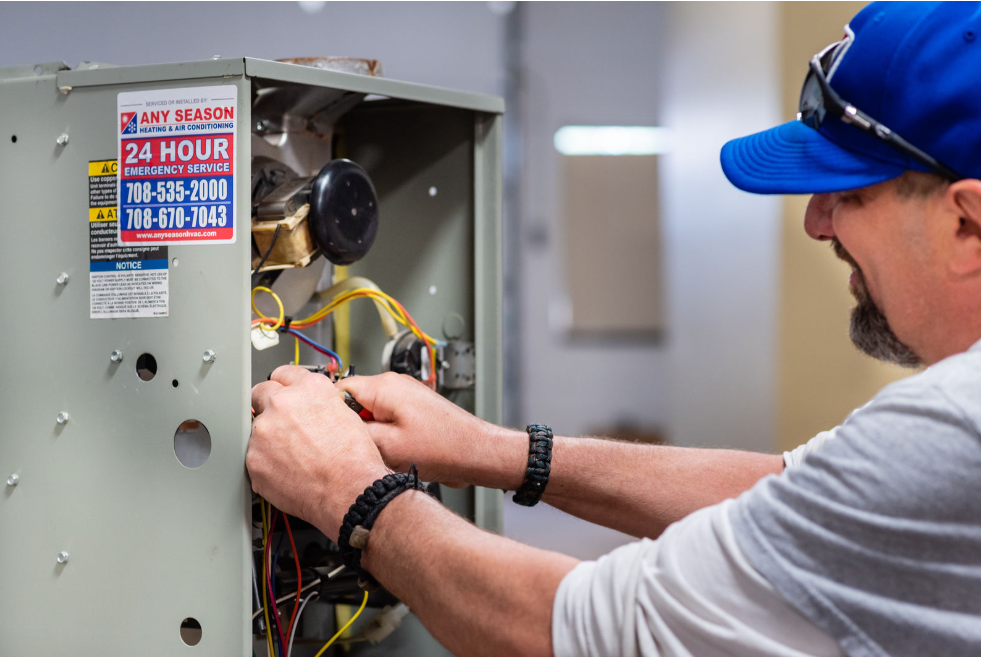

Request A Free Estimate
We will get back to you as soon as possible.
Please try again later.
PHONE: (708)-928-8714 | EMAIL: info@anyseasonhvac.com
7239 Duvan Dr. Tinley Park, IL 60477
24/7 Service






Images provided on this website are for personal, non-commercial use. Republication, retransmission, or reproduction of such images is strictly prohibited.
